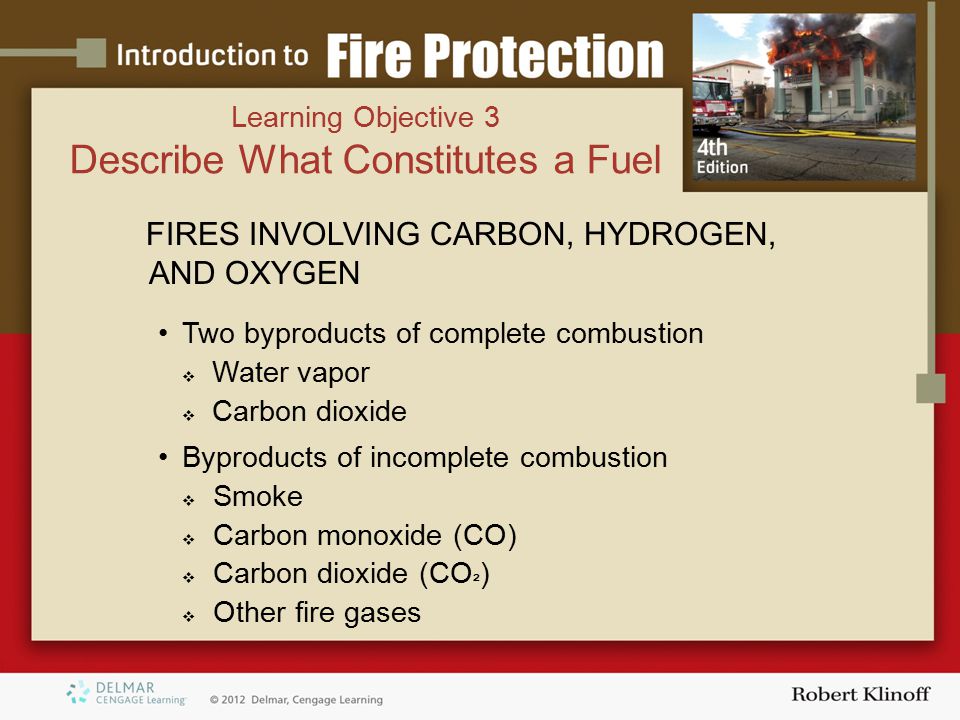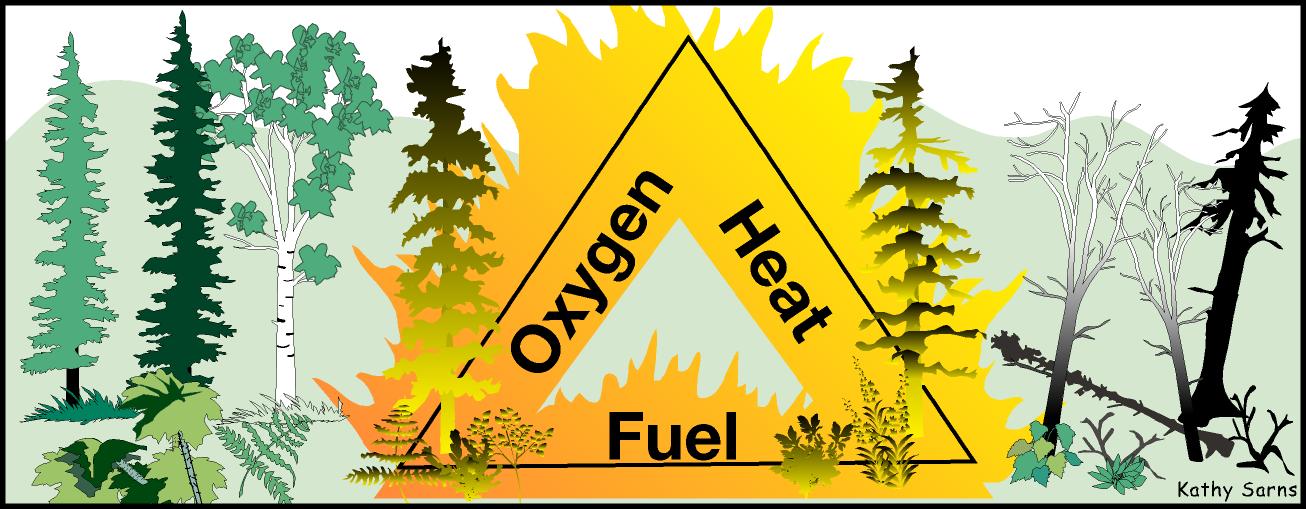Fire-resistant plants are those that do not readily ignite from a flame or other ignition sources such as embers. Flashy fuels would be twigs needles and grasses the ignite and burn rapidly.

Surface Fire Behavior Lookup Tables Nwcg
High Dead-to-Live Ratio.

. There are many species of fire-resistant plants in existence most deciduous trees and shrubs are fire-resistant and they share the following characteristics. Loosely layered to very deep Some volatiles may be present Fire Behavior. Fire intensity describes the energy released from the fire or characteristics of the fire behavior such as flame length and rate of spread.
1 to 80 tonsacre Usually 1 in diameter dead live fuels Compactness. Spread rates are low to moderate. Wildland areas having greater amounts of dead-to-live materials can provide additional fuel for a fire.
These are surface fires where the herbaceous material in addition to litter and deaddown stemwood from the open shrub or timber overstory contributes to the fire intensity. Agricultural land a low-load fuel that reduces fire intensity and allows fire brigades get closer to fire fronts was allocated in the landscape at various annual rates following a scattered. Fuel factors important to wildland fire behavior.
A fire characteristics chart is a graph that illustrates primary fire behavior valuesspread rate and intensity. Contribute significantly to the fuel and there- fore the fires intensity. Green fuels are scattered enough to be insignificant to fire behavior.
However their foliage and stems do not significantly contribute to the fuel and therefore the fires intensity. Loudermilk et al 2012Flory et. Timber grass and understory Fire spread is primarily through fine herbaceous fuels either curing or dead.
3-53-S290-EPUnit 3 Fuels Shrub Group Shrub is primary carrier of fire Fuel bed. Fire-Resistant Plants No plant is fire-proof but fire-resistant plants will not contribute to furthering fire intensity and are therefore a good choice for landscaping. 2 to 6 deep Fuel Characteristics.
This allowed ecosystems to accumulate more fuels that are prone to burning on a regular interval. Dead fine fuels a key driver of fire intensity and combustion rates also increased with ungulate removal. What fuel size is most responsible for the spread of fire.
Give the four fuel timelag categories used to classify dead fuel. These fuel factors can vary with both time and space but generally. Unusual fine fuels are light flashy fuels mixed with high-energy fuels such as continuous grass mixed with sage.
The location of a plotted point represents the character of a fire which can range from a fast spreading low intensity fire to a slow spreading high intensity fire. Sites undergoing active ecological restoration exhibited reductions in fuel loading with greater reductions over time since ungulate removal. A widely used measure of fire intensity is fireline intensity which is the rate of heat transfer.
Distinct characteristics of fuel will affect fire behavior decision making on the fireline and actions in their removal. And 3 FCCS fire potential ratings of surface fire behavior crown fire. Subsurface Fuelsinclude roots peat and other decomposed organic matter.
Fireline intensity flame length may be low to high. I Hwr where I intensity kWm H heat yield of fuel Jg w fuel consumed kgm 2 r spread msec. The fire dries the fuels above it it makes those fuels available to burn.
Surface Fuelsinclude needles twigs brush leaves small trees and logging slash. By the 10th year following ungulate removal fine fuel loading was reduced at restoration sites. Surface fuels are mostly foliage litter.
Then give the range of fuel sizes for each category. Ie large fuels are not supported above the litter by their branches. The FCCS reports the following results.
Fire severity refers to the ecosystem impacts of a fire such as mortality of trees or loss in biodiversity. However how grazing-induced fuel alterations affect wildland fire depends on weather conditions and plant community characteristics. Fuels are the main element of the fire triangle that can be manipulated by firefighters.
Leaves are moist and supple Plants have little dead. Ultimately the methods selected for fuels reduction see Box 2 will be determined by a combination of. Fuel loading Size and shape Compactness Horizontal continuity Vertical continuity Chemical content These six factors are characteristics of the type of vegetative state of the fuel complex.
Field-based approaches measure effects of fuel characteristics on fire effects in situ often during and following prescribed fires eg Thaxton and Platt 2006. This relationship is described by Byrams fire intensity equation. Al- though fire-resistant plants can be damaged or even killed by fire their foliage and stems dont.
Unusual Fine Fuels. Management practices can greatly affect a landscapes fuel amount and distribution. This unit aligns with the following FFT2 IPD specific duties.
Fuel load or biomass is one of the most influential and easily manipulated fuel variation affective fire intensity Strand et al 2014. On a yearly basis grazing can reduce the amount and alter the continuity of fine fuels changing wildlife fire spread and intensity. Large fuels are scattered and lie on the foliage litter.
It is a function of 1 heat yield of fuel kilojouleskg 2 amount of fuel per unit area kgm 2 and 3 the rate of forward spread of fire front kmh. Ladder fuels are tree boughs brush or limbs that are touching the ground. Plants that are fire-resistant have the following characteristics.
Over years and decades grazing can alter fuel characteristics of ecosystems. Leaves are moist and supple. 2 surface fire behavior ie reaction intensity rate of spread and flame length.
1 fuel characteristics by fuelbed stratum category and subcategory. Fuel moisture is another factor. Incident Position Description IPD Alignment.
What are the four fuel groups in the Fire Behavior Prediction System FBPS. There are several other significant factors that influence the fire characteristics of plants including. For each fuel group how many fuel models are in each.
Very low to extreme intensities wind strong influence ROS 18 to 75 chhr FL 4 to 19 ft. Of how fuels contribute to fire behavior Table 1 with observations about how fuels management alters the fuel characteristics Table 2 you can set realistic expectations for how fuel treatments will reduce fire risk. The chart is a visual aid for displaying both observed fire.

Prescribed Fire The Fuels Component Alabama Cooperative Extension System

Chapter 4 Fire Related Chemistry And Physics Ppt Video Online Download

Wildfire 101 The Fire Triangle And The Fire Tetrahedron Redzone

0 Comments